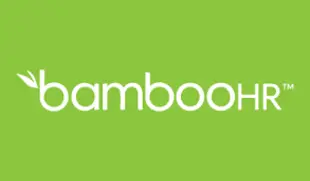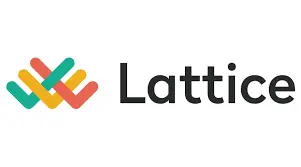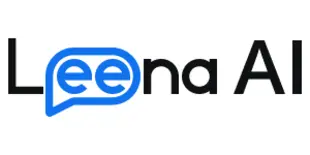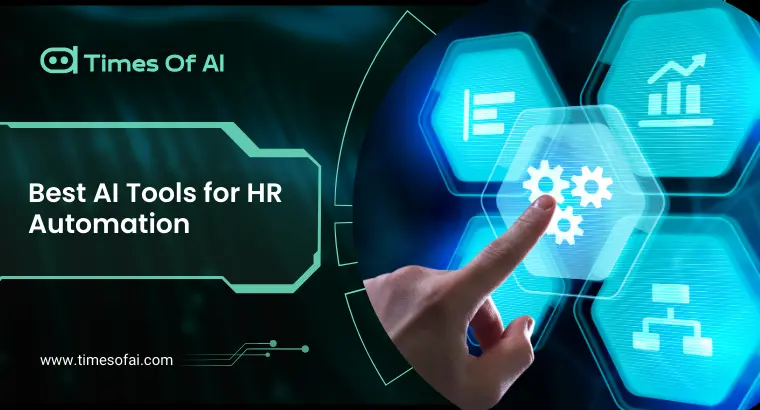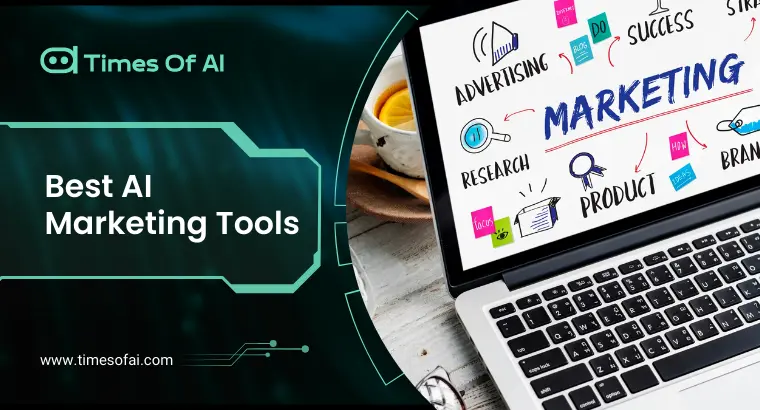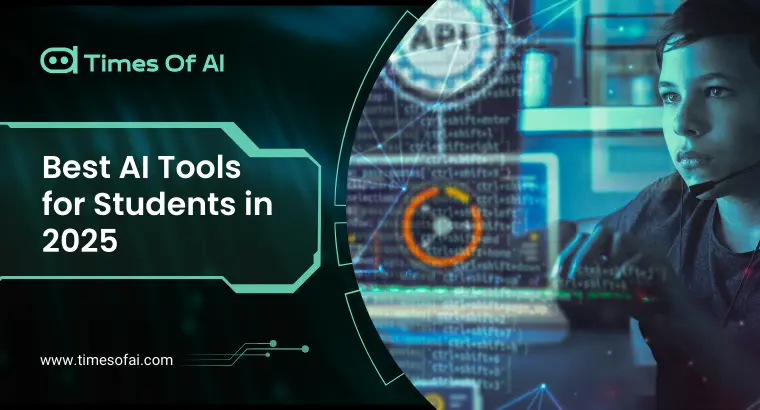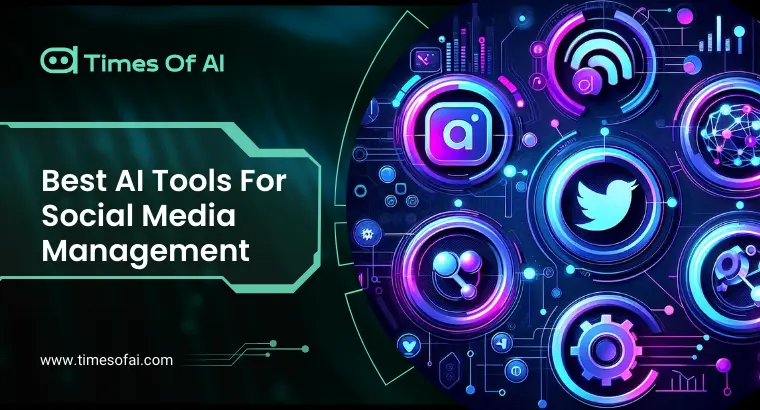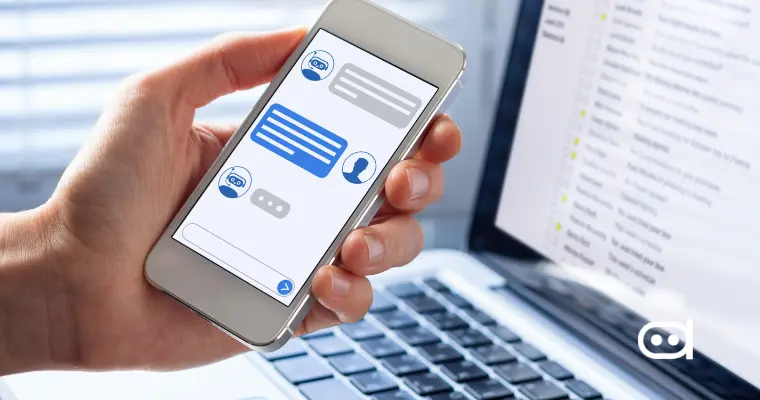
5 Best AI Tools for HR Automation: Simplify Hiring & Workforce Management
Every day, organizations are becoming increasingly competitive, placing HR departments in a position of greater responsibility to do more with less and deliver an exceptional employee experience. AI tools for HR automation have completely transformed the field and offer everything from talent acquisition to performance management. The HR software market continues to grow aggressively, propelled by AI-powered solutions. Research consistently shows that organizations that implement AI in their HR processes see meaningful bumps in crucial metrics, such as hiring efficiency and employee retention.
This extensive article will explore five of the most influential AI tools currently reshaping HR automation in 2025, as well as provide practical insight on how to establish a more streamlined, fair, and employee-friendly organization for yourself. Whether you want to streamline recruitment, improve decision-making, or increase engagement metrics, these solutions possess formidable capabilities to modernize your HR operations.
Key Takeaways
- The best AI tools for HR automation will provide comprehensive solutions for managing the entire employee lifecycle.
- AI-powered human resource management tools furnish better insights to make decisions toward future forecasting.
- The current AI tools for HR allow machine learning or natural language processing to personalize experiences for candidates and employees.
- AI in HR operations saves roughly 30% on recruitment costs and reduces hiring time by 50% on average.
Best AI Tools for HR Automation Explained
| Tools | Best For | Prices | Platform Compatibility |
|---|---|---|---|
| Workday | Advanced AI capabilities offer a comprehensive suite of HR solutions | Request a Quote | Web-based, Mobile (iOS, Android) |
| BambooHR | AI for HR Automation | Request a Quote | Web-based, Mobile (iOS, Android) |
| Lattice | AI-powered people management platform for performance reviews, employee engagement, and career development |
Talent Management: $11 seat/month HRIS: $10 seat/month Foundations: $11/month |
Web-based, Mobile (iOS, Android) |
| Monday.com | Project management and team collaboration |
Free: $0 up to 2 seats Basic: $90/month Standard: $120/month Pro: $190/month |
Web-based, Mobile (iOS, Android) |
| Leena AI | Automated HR support and employee engagement | Custom pricing based on company size and needs | Web-based, Integrates with Slack, Teams, SAP, etc. |
Let's explore the top 5 AI Tools with HR Automation in detail
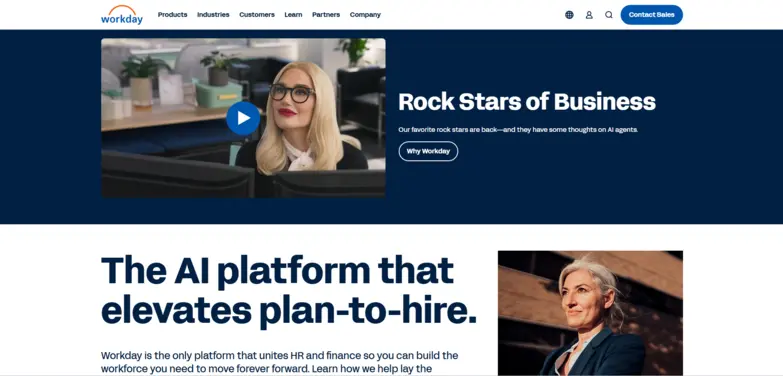
Introduction
Workday is, in some ways, the hallmark of the HRIS industry’s phenomenal growth and succeeding accolades. Workday, a market leader in the industry, is driven by an inherent desire to revolutionize HR through the use of modern cloud technology.
Workday offers a wide-ranging suite of HRIS solutions for organizations that address their highly complex needs. The primary strength of Workday is its built-in powerful architecture, which enables system continuity and integration according to the client’s requirements. Apart from being a highly configurable tool, Workday provides a user-friendly interface and a number of powerful HR and talent management tools.
Key Feature
- Local and Global Payroll: It is a fantastic data source for HR reports and payroll records, which Workday syncs with both HR and general ledger functions and integrates with global payroll services.
- Talent Management: Workday’s entire employee management practice relies on an assessment of skills at the company level to identify both the strengths of employees and their areas of need.
- Analytics and Reporting: Use Workday’s library of over 175 configurable dashboards to analyze employee productivity and workforce trends.
- Employee Voice: Available tools for employee engagement make it effortless and quick to get feedback.
Pros & Cons
- Powerful AI-based analytics and reporting functions
- Customizable configuration for various business needs
- Can run payroll in over 50 countries
- Combines HR and payroll with expense and finance management
- Steep learning curve for both administrators and end users
- An enterprise-centric approach may overwhelm smaller businesses' basic HR requirements
- Cumbersome sign-up process for a scheduled demo and price quote
Pricing
Request a Quote
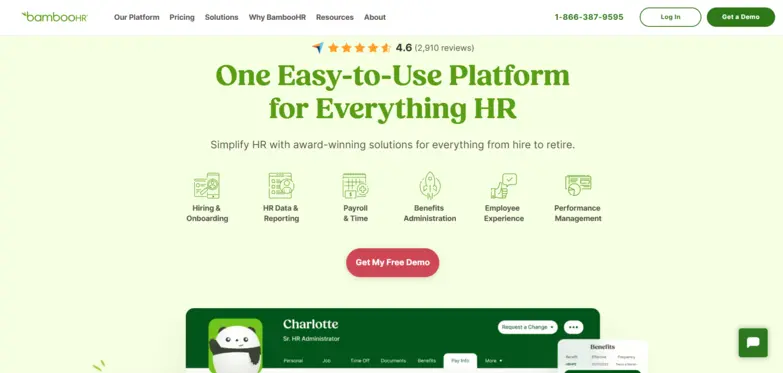
Introduction
BambooHR serves as a comprehensive solution for all human resources requirements for small to midsize businesses. The software solution enables HR managers to optimize the hiring process, including onboarding, payroll, benefits, and offboarding. BambooHR is an excellent option for those seeking an HRIS that combines all necessary features, such as mapping, payroll, time tracking, employee engagement, and an applicant tracking system, into a single system.
Key Feature
- Employee Data Management: Easy accessibility in managing all employee data in one centralized place.
- Applicant Tracking System: ATS acts like a lifesaver when it comes to managing the hiring and recruiting process. The software application streamlines not only the job postings but also the application process and correspondence with candidates.
- Time-off Management: The automation of approval processes tracks employee leave and time-off requests and accurately maintains attendance records.
- Performance Management: Employee evaluations and goal setting are facilitated by continuous feedback and performance improvement.
- Onboarding Tools: New recruits are facilitated in their integration by automating paperwork and ensuring a seamless onboarding experience.
- Employee Self-service: On-the-go updates of personal information and benefit tracking are reviewed.
- Comprehensive Reporting: Strategic HR decisions are made using detailed reports on employee data.
Pros & Cons
- A user-friendly interface that requires minimal training
- Comprehensive mobile application with complete functionality
- Excellent customer support with dedicated implementation specialists
- Extensive customization options for workflow and approval processes
- Limited advanced reporting capabilities compared with other enterprise solutions
- Payroll functionality is only offered in higher-tier plans
- Some of the more advanced AI features require additional add-ons
- No upfront pricing is available
Pricing
Request a Quote
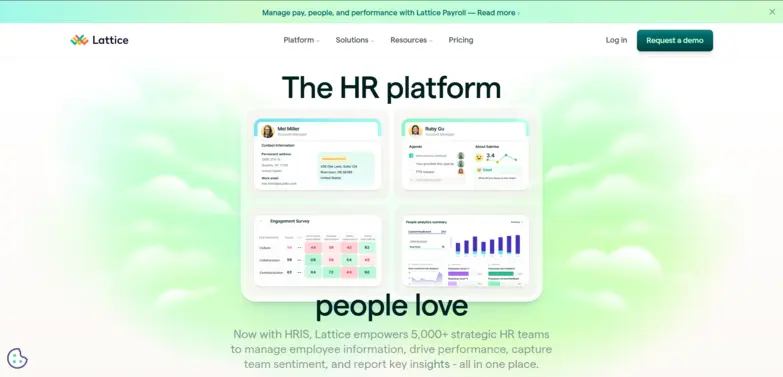
Introduction
Lattice, the leading performance management and employee engagement platform, is known for its seamless interaction with platforms like Slack, Teams, Gmail, and Outlook. This tool is known for its user-friendly interface and outstanding integration functionalities. The platform allows employees to effortlessly manage feedback and track performance via seamless workflows. Lattice has become increasingly comprehensive in recent years, encompassing career pathing, compensation management, and most recently, HRIS functionalities. Despite expanding its portfolio, Lattice remains committed to improving employee performance and engagement with its new HR tools.
Key Feature
- Real-Time Feedback on Performance: This feature encourages ongoing communication, providing a pathway for continuous growth and development.
- Employee Engagement Surveys: Survey design and administration tools that lead to measuring employee sentiments. These are critical in understanding and improving the workplace culture.
- Tools for One-on-One Meetings: These facilitate the scheduling and conduct of one-on-one meetings, fostering better communication between managers and employees.
- Development and Learning Tracking: Tracks employee development activities in line with performance objectives.
- HR Analytics and Reporting: This offers robust analytics and reporting features that provide an in-depth view of different HR metrics.
- Customizable Dashboards: Creates personalized dashboards that provide a snapshot and personalized view of key metrics at any moment.
- Integration with Third-Party Apps: The multi-tool applicability makes Lattice versatile in various working environments, allowing integration with almost all its HR and productivity tools.
Pros & Cons
- Advanced performance management and feedback functions
- Intense analytics can identify performance trends and engagement issues
- Easy interface for navigation
- Comprehensive analytics, which provide insights into team performance and engagement trends
- Continuous employee feedback is ideal for improvements and communications
- The ability to customize performance reviews and surveys is limited
- Integration can be complex, which might make the process slow
- Pricing can be a little expensive for small startups or companies
Pricing
- Talent Management: $11 seat/month
- HRIS: $10 seat/month
- Foundations: $11/month
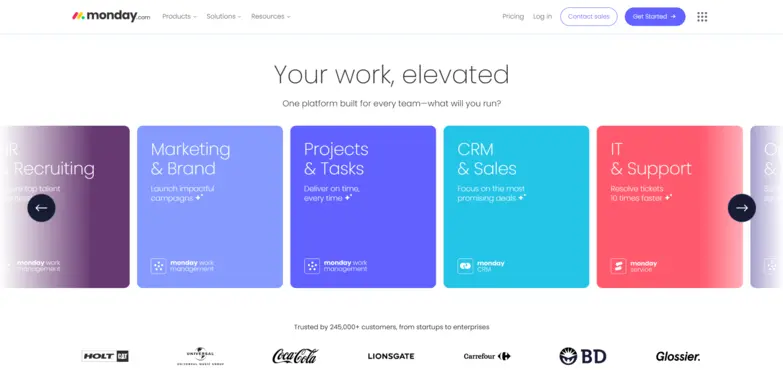
Introduction
Monday.com is a cloud-based project and work management platform that focuses on planning and managing projects as well as tracking everyday workplace activities, tasks, and responsibilities. As far as AI tools for human resources are concerned, Monday.com has significantly expanded its HR capabilities, now serving over 180,000 organizations worldwide with its versatile Work OS, which includes dedicated HR automation solutions. It is quite user-friendly, with an uncluttered interface, knowledgeable guide, and intuitive tools that one can pick up quickly.
Key Feature
- Custom Templates: Monday.com has custom templates for any project and offers an automation scope by industry.
- Customization: Users have innumerable options to customize their workspaces to best suit their needs.
- API Connections and Integrations: APIs empower users to build their online HR tools to extend application functionality.
- Project Dashboards: Team leaders can assign tasks to specific team members and track task progress. They can view the online and offline status of team members, comment, tag users within tasks, and more.
- Automation: Users have access to an extensive collection of automation templates designed for a variety of purposes, making it simple to get started.
- Flexible and Configurable Dashboards: Dashboards allow for status overview, calendar view, chart insights, resource management metrics, cross-board tasks, and time tracking in a single cohesive dashboard visualization.
Pros & Cons
- Highly visual interface with colorful and intuitive dashboards
- Remarkable flexibility in setting up workflows for specific HR processes
- Collaborative features that improve inter-departmental cooperation
- Free plan and free trial are available
- Building timesheets requires an integration
- Enterprise customers get the most security features
Pricing
- Free: $0 up to 2 seats
- Basic: $90/month
- Standard: $120/month
- Pro: $190/month
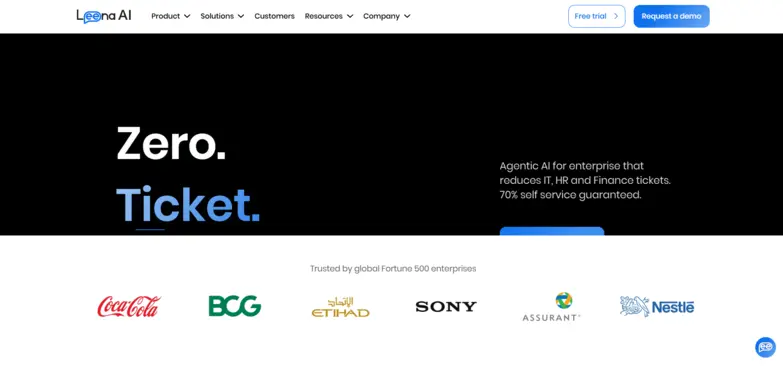
Introduction
Leena AI offers organizations an automated helpdesk with a virtual assistant, enabling better employee engagement with virtual assistance deployment. This will allow the enterprises to streamline multiple human resources areas such as those concerning answering policy-related queries, ticket resolution and service requests.
It offers several features such as real-time communication, predictive analytics, custom workflows, interactive dashboard, reports, and more. Furthermore, managers can inform employees about bulk notifications and understand survey feedback, employee happiness scores, and improvement areas, among other things, through analytics.
Key Feature
- Time Saving: Repetitive manual tasks (such as onboarding, data entry, answering routine questions) are automated, enabling HR professionals to spend their time on much more strategic and impactful work.
- Productivity: The employees can get any information and help needed quickly and without being bogged down by bureaucratic issues.
- Error-Reduction Engine: Leena AI is much less prone to error compared to humans, thus offering much better accuracy from onboarding to performance review.
- Consistency: Leena AI makes sure that processes are always followed, which is relevant for scenarios such as onboarding and compliance.
- Data-Driven Decision Making: With a variety of sources, Leena AI can collect and analyze data, offering valuable insights into employee behavior, performance trends, and areas for improvement.
- Employee Experience: Leena AI does wonders for improving the overall employee experience by accessing information quickly, automating tasks, and making processes less cumbersome.
Pros & Cons
- Superb conversational AI capabilities of continuous learning
- Excellent multilingual support for global organizations
- Improved average speed for HR query resolution
- Integration facilities with already existing HRIS and communication platforms
- More on employee service delivery than total HR management
- Limited performance management capabilities compared to dedicated solutions
- Not suitable for organizations that seek an all-in-one HR platform
Pricing
Custom pricing based on company size and needs
Quick Guide On AI Tools for HR Automation
How does AI help in enhancing HR Efficiency
Artificial intelligence for HR is revolutionizing departments with automated mundane tasks, data-driven insight generation, and strategic workforce management.
- Automating repetitive HR tasks: AI for HR professionals allows them to focus on more strategic initiatives by freeing up time from induction paperwork and administrative tasks. Automating repetitive HR tasks include routine processes such as resume screening and interview scheduling, among others.
- Enhancing decision-making with data-driven insights: AI analyzes large volumes of workforce data to discover patterns, predict results, and recommend courses of action for better talent management and organizational performance.
- Reducing human bias in recruitment: AI tools for HR professionals will eliminate unconscious bias while they work on skills and qualifications and enhance the workplaces to be more diverse and inclusive.
- Improving employee engagement and experience: Conversational AI and personalized recommendations take faster action to address employee needs and provide better-tailored solutions to HR service issues.
The integration of free AI tools for HR and premium solutions complements an AI-based optimization strategy for HR processes for all types of organizations, regardless of size, with the potential to make their workplaces more successful and employee-centric.
Key Benefits of AI Tools in HR Automation
Most organizations that employ such HR automation tools report significant improvements in all operations.
- Faster and Efficient Hiring: Human resource management tools speed up the entire hiring process. These HR software tools can analyze thousands of resumes in minutes and identify candidates who match the opportunity according to skills, experience, and cultural fit.
- Improved Decision-Making: AI-enabled HR automation is making it possible to get empirical insights about collective human resource management decisions. Systems that use historical data and patterns may predict and simulate outcomes for a variety of scenarios, allowing HR leaders to make more informed strategic decisions.
- Reduction in Human Bias: AI recruitment and assessment tools prioritize skills, qualifications, and performance indicators in order to reduce unconscious bias in hiring and promotion decisions. These sophisticated modern HR automation solutions include algorithms that delegate the detection and elimination of bias patterns.
- Automated Payroll: AI-powered payroll handles the majority of the workload that would otherwise be time-consuming and error-prone, such as calculating personnel taxes, withholding taxes, deductions, and compliance checks. These systems learn and keep on learning from the examples and exceptions and become more precise over time.
- Increased Productivity & Cost Savings: Human resource management tools automate administrative duties and help HR teams focus their energies on strategic interventions that drive organizational value. Companies that use highly automated HR functions can run efficiently with fewer employees while providing highly-quality services.
Choosing the Best AI-Powered HR Tools for Your Business
Selecting the most useful AI automation tools for your HR department requires proper assessment of your real organization requirements, challenges, and goals. When evaluating the best AI automation tools for an organization, consider the following.
- Integration capabilities: To function as a single ecosystem, the tool should smoothly integrate with existing HR systems, communication platforms, and business applications.
- Scalability: Choose a solution that can grow with your organization, allowing it to handle increasing data and user volume without affecting performance.
- Customization options: Look for platforms that allow the configuration to match your specific workflows, policies, and organizational structure.
- Implementation support: Determine the implementation methodology of the vendor, training resources, and ongoing support offerings for a successful adoption.
- Data security and compliance: Check the vendor’s security protocols, compliance certifications, and processing practices concerning data security laws and practices across the globe.
- User experience: Opt for easy-to-understand solutions for employee and HR end users to increase usage and benefits derived.
- ROI potential: Return on investment calculations should take into account cost savings via automation, enhanced decision quality, and the creation of strategic value.
As part of the argument over whether human resources will be automated, it is prudent for an organization to focus on selecting tools that will augment rather than replace the human capacity of the workforce.
Challenges and Concerns in Implementing AI in HR
Although AI can do wonders for HR transformation, there are many aspects that an organization must consider and overcome to have the best AI tools for HR successfully implemented. Understanding such challenges on time forms the basis for effective mitigation strategies and realistic timelines for implementing any HR automation tool.
Ethical Concerns and Bias in AI Decisions
Biased training data raises the likelihood that an AI will maintain or even contribute to the existing bias. To overcome AI bias in HR decision-making, organizations must provide robust bias detection, algorithm transparency, and regular auditing to assure equity and fairness.
Data Privacy and Security Risks
HR data is one of the most sensitive types of information found in organizations and includes employees’ personal, financial, and performance-related details. The processing of this type of sensitive data by AI systems is subject to substantial risks due to the increasing sophistication of cyber threats. Establishing a comprehensive data governance framework, encryption protocol, and access controls that instill employee trust is extremely necessary.
Resistance to AI Adoption
Sometimes, employee skepticism and resistance can hamper the whole AI implementation process in HR. Organizations should implement change management strategies, as well as communicate the role of AI and increase understanding of it through training sessions.
Balancing AI Automation with Human Oversight
It is a difficult task to draw a clear line between process audits and controls assisted by AI and those that require human intervention. Over-reliance on AI can lead to algorithmic rigidity, resulting in a loss of deep contextual understanding in more complex scenarios. This is why organizations need to establish clear policies with boundaries defined for such decisions.
Legal and Compliance Challenges
The rapid advancement of AI technologies has led to a plethora of new compliance challenges. Different jurisdictions have completely unique standards regarding algorithm transparency, data usage, and AI-based decision-making. Companies must keep abreast of regulations coming into force and ensure compliance in AI-related aspects across new operating regions.
Common Applications of AI in HR
AI tools for HR professionals traverse the entire employee lifecycle to automate activities, therefore creating opportunities for improving efficiency and enhancing experiences in organizations.
AI-Powered Recruitment and Candidate Screening
Advanced artificial intelligence algorithms process recruitment based on resumes, social profiles, and other public information to match the target profile for ideal candidates. They rank the candidates based on skill matches, experience relevance, and culture fit indicators after evaluating thousands of applications within a few minutes.
Chatbots for Employee Support & HR Queries
With AI, virtual assistants will revolutionize the way HR employees deal with their work as AI chatbots improve employee engagement and satisfaction. Advanced natural language processing helps the best HR chatbots decipher complex queries, provide custom responses, answer queries, and handle transactions such as leave requests or benefits enrollments.
Predictive Analytics for Talent Management
Leveraging historical workforce data helps an AI system identify patterns and predict possible future outcomes, enabling proactive talent management. AI systems can also project flight risks and suggest development paths for an employee based on similar career trajectories.
Automated Onboarding and Training
AI tools transforming HR additionally personalizes the onboarding experience with unique learning paths, intelligent document processing, and conversational direction. The quality of these systems is maintained regardless of location, as they are modified in accordance with the learning pace of the employee, employees’ feedback, and role-related requirements.
Workforce Planning and Scheduling
AI develops optimum schedules while taking historical staffing patterns, anticipated demand, employee preferences, and compliance requirements into consideration. These systems continuously learn from outcomes for an improvement in accuracy over time while considering skills matching, fatigue management, and fair distribution of assignments.
How AI Will Shape the Future of HR in 2025 and Beyond
AI advances deeper every year, and the changes it works on in human resources management continue to happen rapidly, putting them in the way of new opportunities. Emerging trends in AI for human resources technology are due to the advancement of explainable AI (XAI), which provides reasons for the algorithmic decisions behind HR processes and tackles major issues of fairness and bias. Cutting-edge natural language processing enables improved sentiment analysis, allowing businesses to identify early warning signals of employee disengagement or cultural challenges. In addition, computer vision technologies are used to monitor workplace safety and analyze behavior.
The application of AI in hybrid and remote workforce management has so much potential, and intelligent tools will soon answer most issues experienced with distributed teams. Emerging next-generation AI for collaboration analytics collects communication patterns, recommends meeting times as per different time-zone slots, and creates team configurations based on compatible abilities and working styles. Organizations using such AI tools for smarter HR management report a maximum improvement in employee satisfaction scores and reduced retention rates compared to traditional approaches.
Final Thoughts
AI and HR automation will transform how employees are organized and managed in enterprises. All the advantages explored in this article define the qualitative change seen through traditional HR management practices. The most successful implementations will be those that view AI tools with HR automation not as a replacement for human judgment but as a powerful augmentation tool that handles routine tasks while enabling HR professionals to focus on strategic initiatives that require emotional intelligence, creativity, and contextual understanding. Organizations that strike this balance will be well-positioned to build more efficient, inclusive, and employee-centric workplaces.
FAQs
What is AI automation in HR?
AI automation in HR refers to the application of artificial intelligence technologies like machine learning, natural language processing, and predictive analytics to streamline human resources processes. These systems can automatically handle repetitive tasks, analyze large datasets to identify patterns, and make recommendations to support HR decision-making while continuously improving through learning algorithms.
What is the best use of AI in HR?
The most impactful application of AI in HR is typically in talent acquisition and recruitment, where it significantly reduces time-to-hire while improving quality-of-hire metrics. AI excels at objectively screening large applicant pools, identifying qualified candidates based on comprehensive criteria, and predicting job success. These capabilities address critical pain points around efficiency, bias reduction, and hiring quality while providing immediate and measurable ROI.
What HR tasks can be automated using AI?
Many functions and processes in the human resources department can be automated using artificial intelligence—screening resumes, matching candidates to roles, scheduling interviews, creating onboarding documents, managing benefits, managing leave, processing payroll, compliance reporting, collecting performance reviews, recommending learning paths, and even answering common questions employees may have. More sophisticated applications of AI in the workplace can involve predicting turnover risk, identifying skills gaps, recommending optimal team formations, and flagging early indicators of employee disengagement.
How do AI-driven HR tools enhance employee engagement and experience?
AI-enhanced HR tools foster engagement by offering personalized experiences that align with individual needs and preferences, career aspirations, and learning styles. These tools provide 24/7 support through conversational interfaces, timely recognition of accomplishments, proactive career development suggestions, and continuous feedback through surveys with sentiment analysis. All this creates more responsive HR services for the detection of early engagement issues before they escalate.
How can HR professionals ensure fairness and transparency in AI-driven decision-making?
When it comes to fairness within AI systems, HR professionals can use diverse training datasets, regularly conduct bias audits, and perform algorithmic impact assessments. Transparency could be ensured through explainable AI frameworks that give quite an intuitive reasoning behind any recommendations, the involvement of a diverse range of stakeholders in system design, keeping human oversight on sensitive decisions, and having a clear appeals process.
- Key Takeaways
- Best AI Tools for HR Automation Explained
- Quick Guide On AI Tools for HR Automation
- How does AI help in enhancing HR Efficiency
- Key Benefits
- Choosing the Best AI-Powered HR Tools
- Challenges and Concerns in Implementing AI in HR
- Common Applications of AI in HR
- How AI Will Shape the Future of HR in 2025
- Final Thoughts
- FAQs
SHARE


